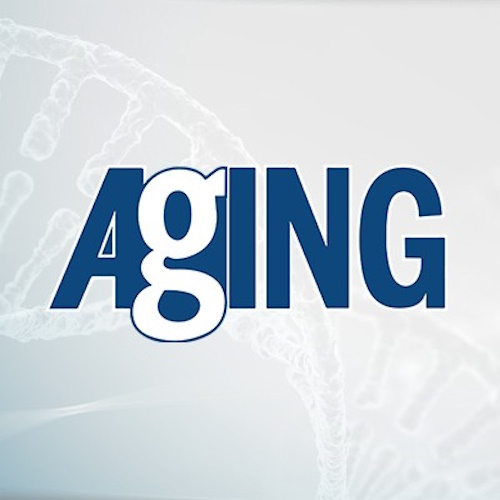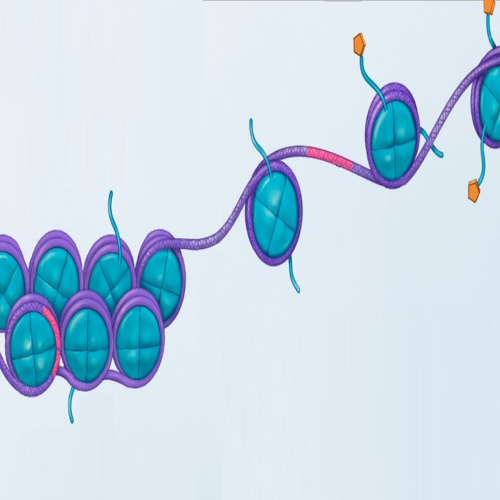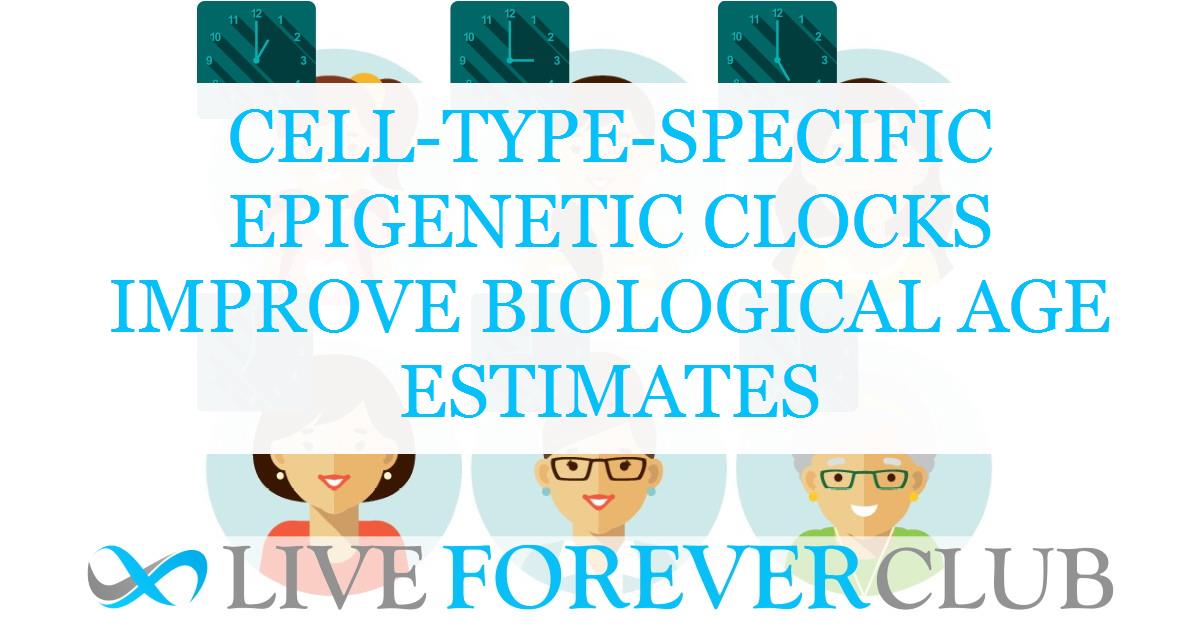Ageing is a universal process, yet its effects vary widely among individuals of the same chronological age. This variance reflects differences in biological age, influenced by genetic, environmental, and cellular factors. Biological age is an emerging metric in ageing research, offering insights into health and disease risk.
A cornerstone in this field is the epigenetic clock, which estimates biological age by analyzing DNA methylation (DNAm) patterns. These clocks, while transformative, face limitations in accuracy due to their reliance on bulk-tissue samples. Recent advancements have focused on creating cell-type-specific epigenetic clocks, offering a revolutionary approach to understanding ageing at a cellular level.
Evolution of Epigenetic Clocks
Epigenetic clocks leverage changes in DNAm, a chemical modification that regulates gene expression without altering the DNA sequence. By tracking these changes, clocks can predict chronological age and provide insights into biological age. Traditional epigenetic clocks, like the widely used Horvath clock, are trained on bulk-tissue DNAm data. While effective, these clocks average signals from multiple cell types within a tissue. This approach masks the nuances of cell-type-specific ageing and limits the ability to link ageing to specific cellular processes.
The Problem of Cell-Type Heterogeneity
Two ageing processes underpin the readings of traditional epigenetic clocks:
- Extrinsic ageing: This reflects age-related shifts in the proportions of different cell types within a tissue. For example, immune cells in the blood shift from naïve to mature T-cells as we age.
- Intrinsic Ageing: This involves DNAm changes within individual cell types, which may age at different rates depending on environmental and genetic factors.
Because traditional clocks cannot differentiate these processes, their predictions blend the effects of cell composition and individual cellular ageing. This limitation reduces the utility of epigenetic clocks in understanding the biological mechanisms of ageing or assessing the impact of anti-ageing interventions.
A Breakthrough in Epigenetic Clocks: Cell-Type-Specific Models
Researchers from Chinese Academy of Sciences have developed a computational framework to build cell-type-specific epigenetic clocks, which address the limitations of traditional models. By isolating DNAm changes within specific cell types, these clocks disentangle intrinsic and extrinsic ageing processes. This innovation has been applied to tissues like the brain and liver, enabling more precise predictions of biological age.
Building Cell-Type-Specific Clocks
The process begins by estimating the proportions of cell types in a bulk-tissue sample using reference DNAm matrices. Advanced algorithms, such as CellDMC, then identify DNAm changes associated with age for each cell type. Elastic Net regression models are used to train clocks that predict age based on these cell-type-specific DNAm patterns. The clocks are validated across independent datasets to ensure their accuracy and specificity.
Key Findings from Recent Studies
Blood and Brain Ageing
- Blood: Researchers found that 39% of epigenetic clock accuracy is attributable to extrinsic ageing, driven by shifts in immune cell populations.
- Brain: In the brain, extrinsic ageing contributes only 12% to clock accuracy. This is primarily due to age-related changes in the proportions of excitatory and inhibitory neurons.
These findings highlight the importance of adjusting for cell-type composition in tissues where extrinsic ageing plays a significant role.
Alzheimer’s Disease: Insights from Neuron and Glia Clocks
Cell-type-specific clocks for neurons and glia provided groundbreaking insights into Alzheimer’s disease (AD). Both neuron and glia clocks displayed biological age acceleration in individuals with AD, with the effect being most pronounced in glial cells of the temporal lobe. This suggests that glial cells may play a critical role in the neurodegenerative processes underlying AD.
Liver Pathologies: The Role of Hepatocyte Clocks
In liver tissue, researchers developed a hepatocyte-specific clock that outperformed traditional liver clocks in detecting biological age acceleration. This clock revealed significant age acceleration in conditions like non-alcoholic fatty liver disease (NAFLD) and obesity. Interestingly, the hepatocyte fraction decreased in these conditions, emphasizing the need for cell-type-specific analyses to understand pathological ageing.
Implications for Ageing Research
The development of cell-type-specific epigenetic clocks marks a paradigm shift in ageing research. These clocks:
- Enable precise predictions of biological age at the cellular level.
- Help identify which cell types contribute most to age-related diseases.
- Provide tools to evaluate the effectiveness of anti-ageing therapies.
- Offer insights into how specific cell types respond to environmental factors and genetic predispositions.
For example, neuron-specific clocks could inform interventions targeting neurodegenerative diseases, while hepatocyte clocks could guide treatments for liver disorders.
Challenges and Future Directions
Despite their promise, cell-type-specific clocks face challenges. Building these models requires large, well-annotated datasets to ensure statistical power. Additionally, higher resolution is needed to capture ageing dynamics within subpopulations of cells, such as glial subtypes in the brain or immune cells in the liver. Future studies should also integrate genetic, environmental, and lifestyle data to enhance clock accuracy and applicability.
Another area of interest is the overlap between clock CpGs (cytosine-guanine pairs in DNA) and disease-associated genetic markers. For instance, neuron-specific clock CpGs show significant overlap with markers linked to Alzheimer’s disease, suggesting a shared genetic and epigenetic basis for the disease.
Conclusion
Cell-type-specific epigenetic clocks represent a transformative advancement in the field of ageing research. By providing detailed insights into ageing at the cellular level, these clocks overcome the limitations of traditional models and open new avenues for understanding, diagnosing, and treating age-related diseases. As datasets grow and methodologies improve, these tools will become integral to precision medicine and the quest to extend healthspan and lifespan.
The future of ageing research lies in precision—the ability to decode the ageing process one cell type at a time. Cell-type-specific clocks bring us closer to that goal, offering hope for a healthier and longer life.
The study is published in the journal Aging.







